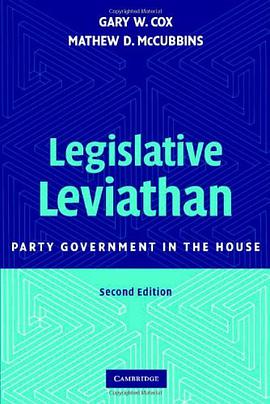

具體描述
Why are some regions prone to war while others remain at peace? What conditions cause regions to move from peace to war and vice versa? This book offers a novel theoretical explanation for the differences and transitions between war and peace. The author distinguishes between 'hot' and 'cold' outcomes, depending on intensity of the war or the peace, and then uses three key concepts (state, nation, and the international system) to argue that it is the specific balance between states and nations in different regions that determines the hot or warm outcomes: the lower the balance, the higher the war proneness of the region, while the higher the balance, the warmer the peace. The international systematic factors, for their part, affect only the cold outcomes of cold war and cold peace. The theory of regional war and peace developed in this book is examined through case-studies of the post-1945 Middle East, the Balkans and South America in the nineteenth and twentieth centuries, and post-1945 Western Europe. It uses comparative data from all regions and concludes by proposing ideas on how to promote peace in war-torn regions.
著者簡介
圖書目錄
讀後感
評分
評分
評分
評分
用戶評價
相關圖書
本站所有內容均為互聯網搜索引擎提供的公開搜索信息,本站不存儲任何數據與內容,任何內容與數據均與本站無關,如有需要請聯繫相關搜索引擎包括但不限於百度,google,bing,sogou 等
© 2025 book.quotespace.org All Rights Reserved. 小美書屋 版权所有




















